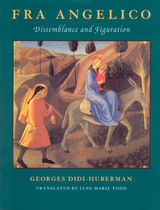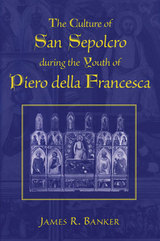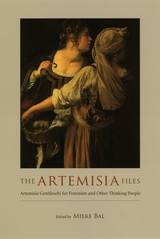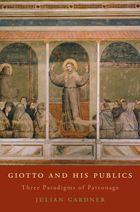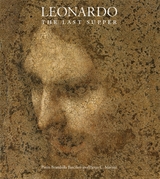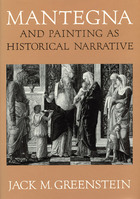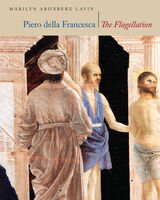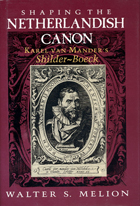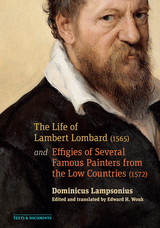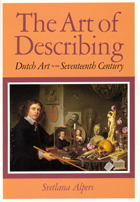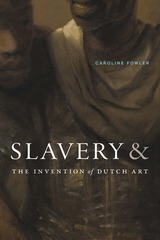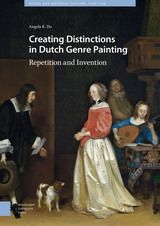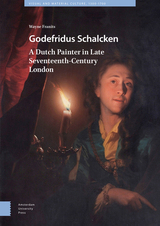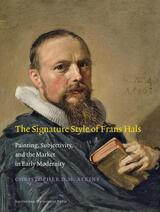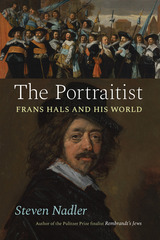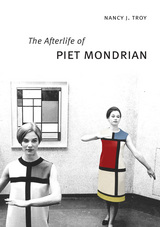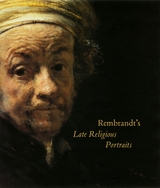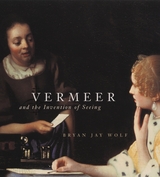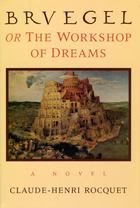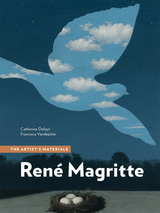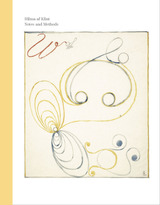Slavery and the Invention of Dutch Art
Duke University Press, 2025
Cloth: 978-1-4780-2809-3 | Paper: 978-1-4780-3132-1 | eISBN: 978-1-4780-6031-4 (standard)
Library of Congress Classification ND646.F69 2025
See other books on: Art and society | Benelux Countries (Belgium, Netherlands, Luxembourg) | Invention | Netherlands | Themes, motives
See other titles from Duke University Press
Cloth: 978-1-4780-2809-3 | Paper: 978-1-4780-3132-1 | eISBN: 978-1-4780-6031-4 (standard)
Library of Congress Classification ND646.F69 2025
ABOUT THIS BOOK | AUTHOR BIOGRAPHY | REVIEWS | TOC | REQUEST ACCESSIBLE FILE
ABOUT THIS BOOK
In Slavery and the Invention of Dutch Art, Caroline Fowler examines the fundamental role of the transatlantic slave trade in the production and evolution of seventeenth-century Dutch art. Whereas the sixteenth-century image debates in Europe engaged with crises around the representation of divinity, Fowler argues that the rise of the transatlantic slave trade created a visual field of uncertainty around picturing the transformation of life into property. Fowler demonstrates how the emergence of landscape, maritime, and botanical painting were deeply intertwined with slavery’s economic expansion. Moreover, she considers how the development of one of the first art markets was inextricable from the trade in human lives as chattel property. Reading seventeenth-century legal theory, natural history, inventories, and political pamphlets alongside contemporary poetry, theory, and philosophy from Black feminism and the African diaspora, Fowler demonstrates that ideas about property, personhood, and citizenship were central to the oeuvres of artists such as Rembrandt van Rijn, Hercules Segers, Frans Post, Johannes Vermeer, and Maria Sibylla Merian and therefore inescapably within slavery’s grasp.
See other books on: Art and society | Benelux Countries (Belgium, Netherlands, Luxembourg) | Invention | Netherlands | Themes, motives
See other titles from Duke University Press

